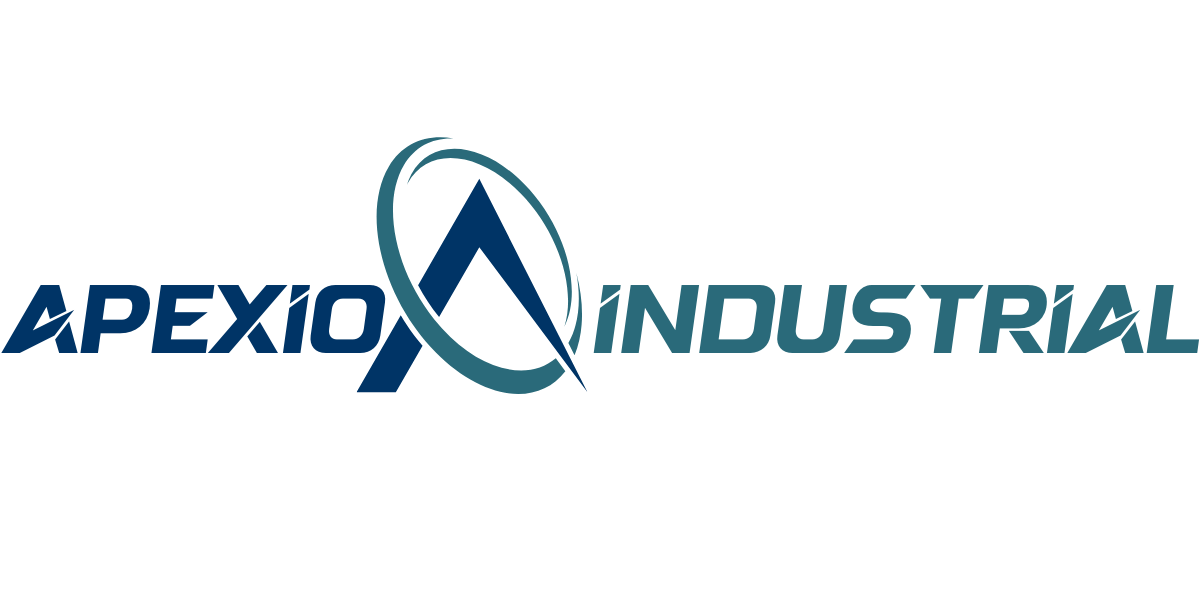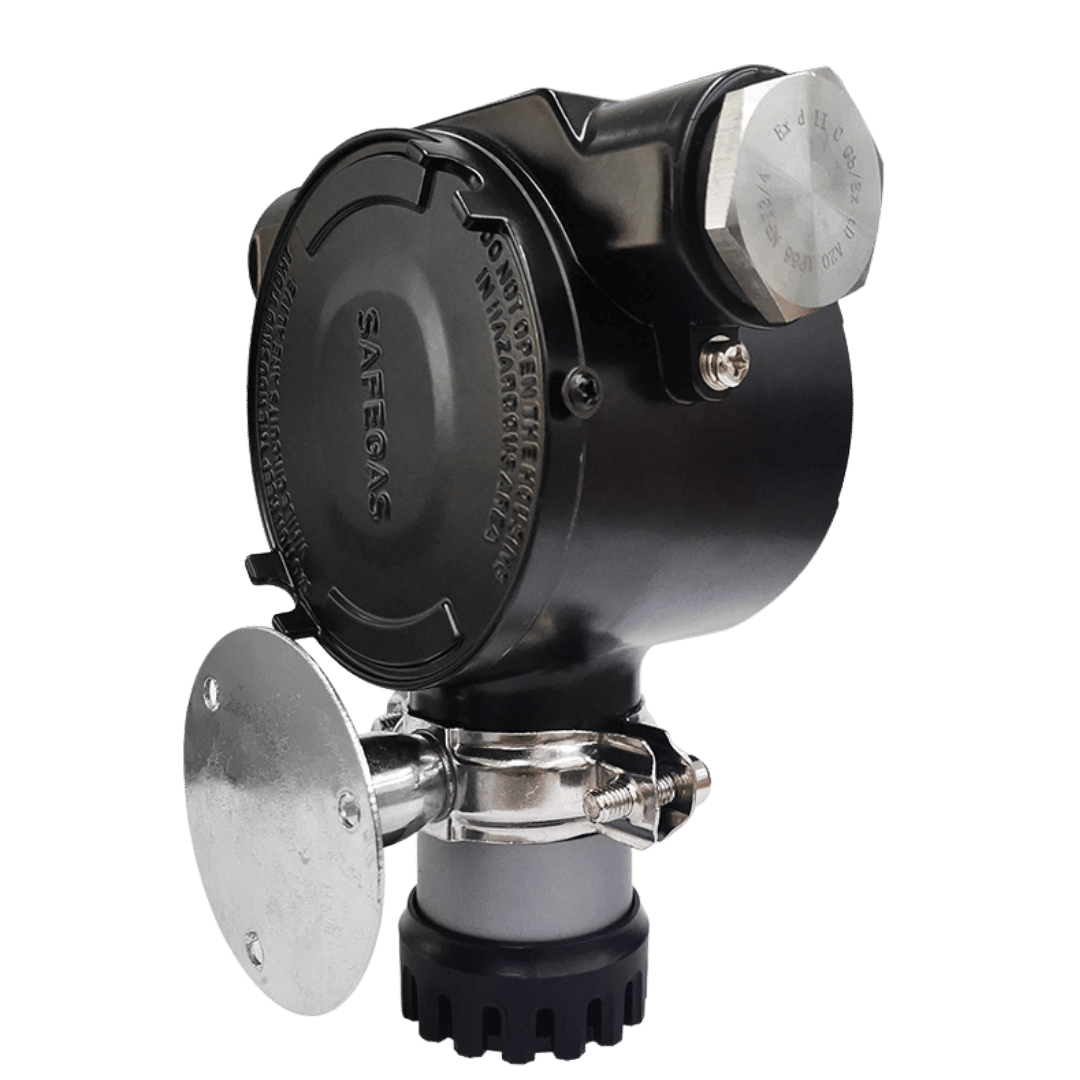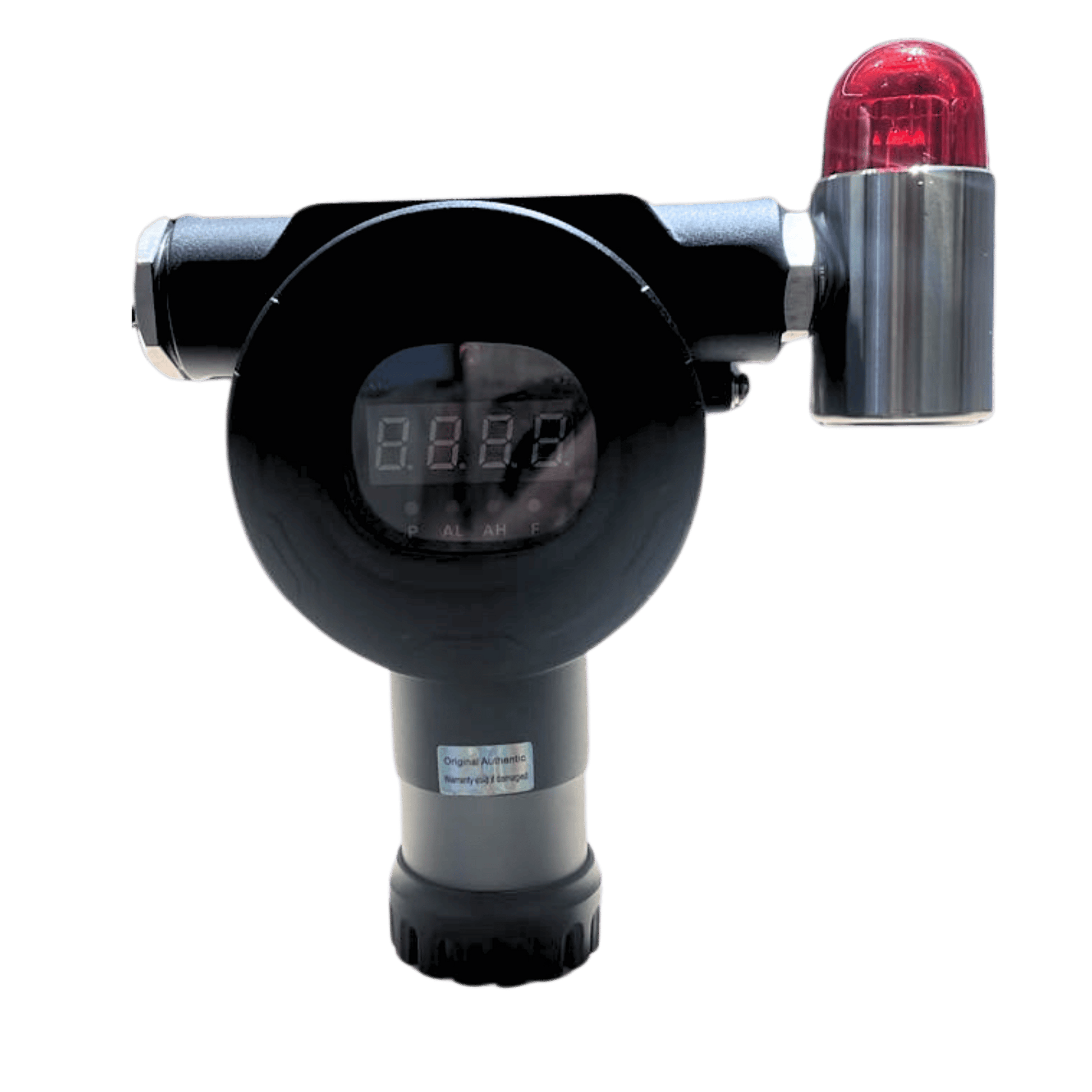CO Carbon Monoxide Fixed Gas Detector Monitor - IECEx ATEX Hazardous Area Zone 1,2
CO Carbon Monoxide Fixed Gas Detector Monitor - IECEx ATEX Hazardous Area Zone 1,2
Couldn't load pickup availability
The SG100 CO Carbon Monoxide Online Gas Detector, sets the stand in Ex rated explosion-proof gas detection. Engineered to endure and perform in the harsh challenges of the industrial environments with moisture, dirt, dust, corrosion, and vibration.
Harnessing equipment protection levels of Intrinsic Safety "ia", Flameproof "db". Suited for the most challenging hazardous atmospheric conditions found in industries such as oil and gas, marine, petrochemical, chemical, petroleum, manufacturing etc. Covered by the IECEx and ATEX certification, brings a compliant solution to hazardous areas.
Adopting pluggable fixed gas detector, gives easy maintenance after installation and continuous monitoring of combustible, flammable and toxic gases, model dependent. Configured Standard 4-20mA current signal, RS485 digital signal, 1 set of relay signal output, Optional 2 groups of relay signals, voltage 1 ~ 5V, standard HART communication. Optional LORA, 4G and other wireless transmission methods (optional). Standard Die-cast Aluminium housing or Stainless Steel 316 option. Compatible with most control systems with standard magnetic wand design, it’s easier to navigate the control menu without opening the case.
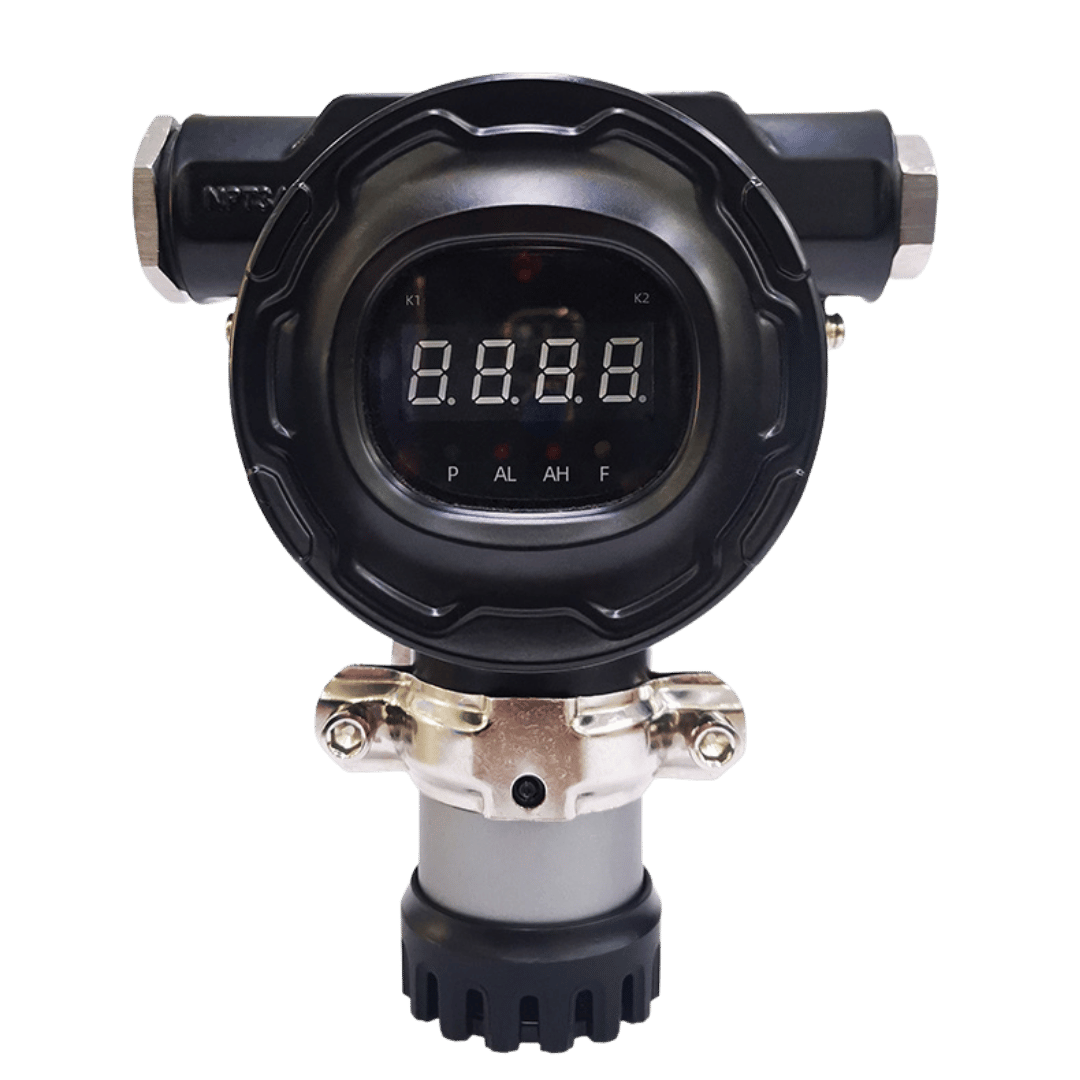

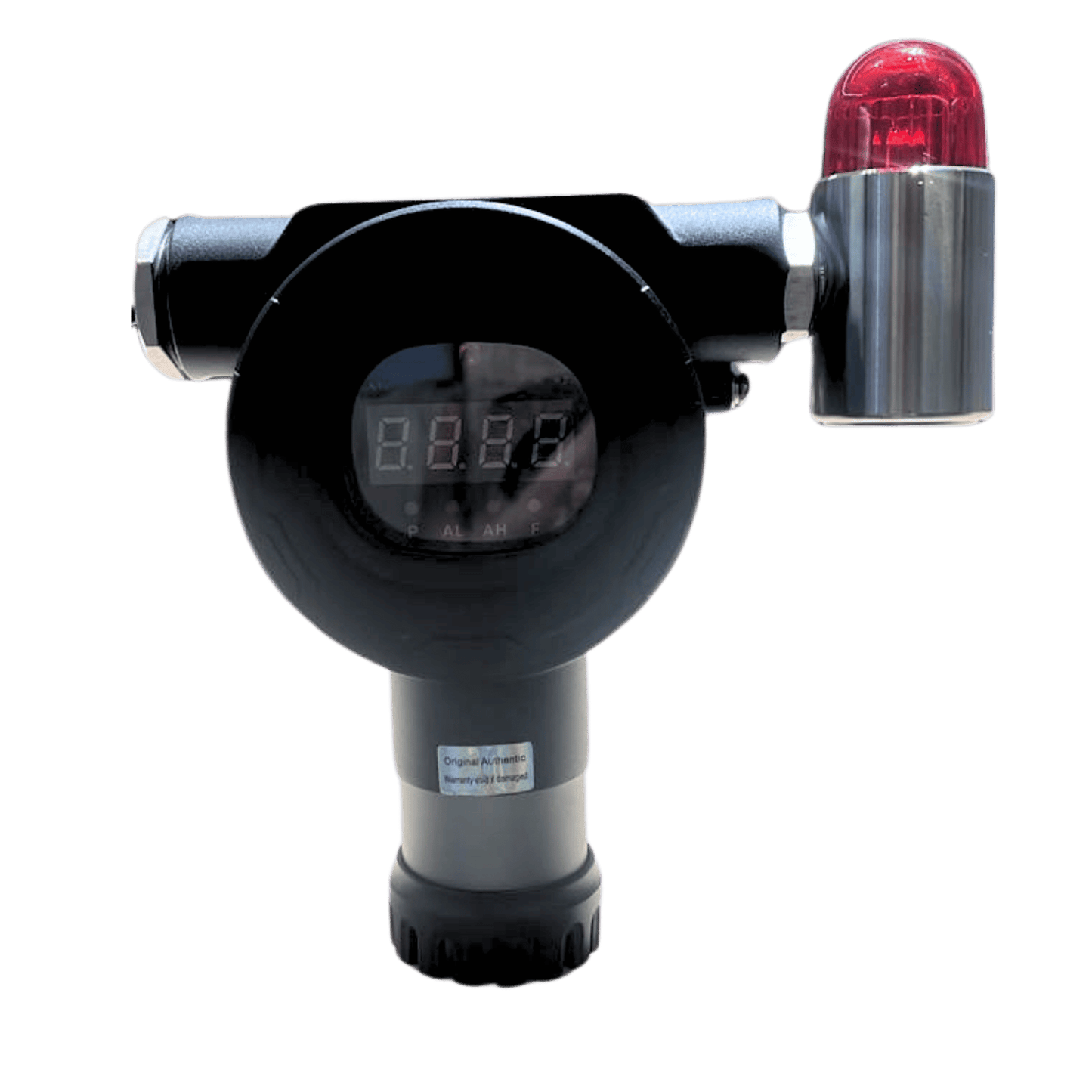
Collapsible content
Technical Datasheet
Shipping
We aim to process and get your delivery with you as quick as possible -
Shipping rates and delivery times are calculated at checkout.
Guarantee
We aim to provide you with the best quality products, if for an unfortunate product defect we have a 14 day money back return guarantee.
Warranty
• 1 year warranty from the date of purchase.
• Invoice or shipment bill is required to claim the warranty.
• The warranty policy only requires manufacturer to repair the defective product or send substitute for replacement.
• Installation labour, electricity cost and other related cost will not be covered by the manufacturer warranty policy.
• Warranty doesn't cover the defect caused by inappropriate use, especially if directions of the instructions for use are not observed, normal abrasion as well as failures which affect the value or use of the product insignificantly.
Please see our returns policy for more information.
Calibration
To ensure you keep up to date with your metrology requirements, by adding the traceable standards calibration test report certificate.
-
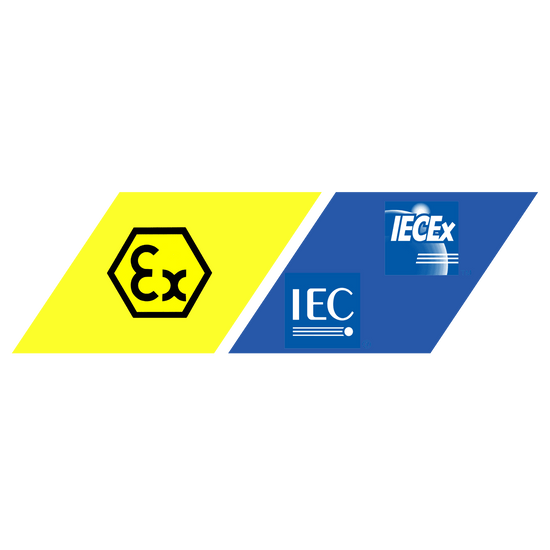
Hazardous Area Certified
Certification
- IECEx CQM 23.0027X
Equipment Protection Level
IECEx
- Ex db IIC T6 Gb
- Ex db ia IIC T6 Gb (without LEL sensor)
- Ex da db ia IIC T6 Gb (with separaed certified LEL sensor)
-
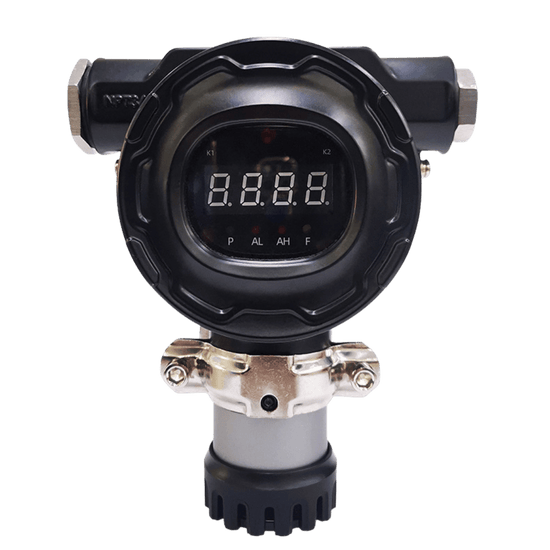
FEATURES
Modular gas chamber for maintenance simply and conveniently
- Plug and play air chamber module replacement.
- Two-key magnetic bar design, no need to open the cover, to achieve on-site maintenance and operation of the detector in any explosion-proof area.
- 24h continuously monitoring, data will real-time display.
-
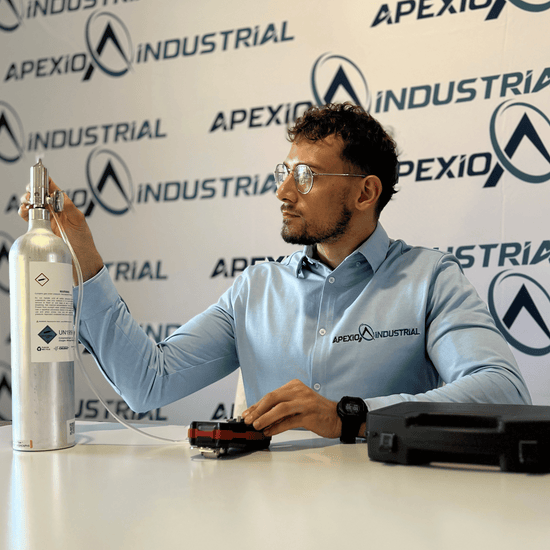
FEATURES
- Standard 4-20mA current signal, RS485 digital signal, 1 set of relay signal output
- Optional 2 groups of relay signals, voltage 1 ~ 5V, standard Hart
- Optional LORA, 4G and other wireless transmission.
- Can be installed with computer software, to transmit the data to computer, workers can remote monitor the data
- Die-cast aluminium case, IP66/67 protection degree, water-proof, dust-proof, explosion-proof.
Introduction to the SG100 Ex Diffusion Explosion Proof Gas Detector
Applications
-

Oil and Gas
Monitor CO emissions produced during the extraction of oil and natural gas, particularly in environments where combustion-based machinery is used for drilling and operation.
Detect CO leaks in equipment like generators, gas-powered engines, and gas flaring systems, which are common in offshore platforms and remote onshore extraction sites.
Ensure the safety of workers by providing early warning of dangerous CO concentrations that could arise in confined or poorly ventilated spaces like drill rigs and pumping stations.Monitor CO emissions from various processing units, including distillation columns, reactors, and furnaces where crude oil is refined into valuable products like gasoline, diesel, and jet fuel.
Detect CO produced by incomplete combustion of feedstock or flaring during chemical reactions.
Control and optimize ventilation systems to ensure that CO is properly diluted and vented out of the facility. -

Manufacturing and Processing Plants
Monitor CO emissions from combustion processes, reactors, furnaces, and boilers where heat is generated through the burning of fossil fuels or from chemical reactions that produce CO as a byproduct.
Detect CO leaks or inefficiencies in combustion within reactors, distillation columns, or mixer systems used in chemical synthesis.Monitor CO concentrations in furnaces, smelting pots, casting rooms, and welding stations where CO is generated as a byproduct of combustion and metalworking processes.
Detect CO in confined spaces such as blast furnaces and welding rooms, where high temperatures and fuel combustion often occur.Monitor CO emissions around welding stations, paint booths, and fuel-burning equipment used during the production and assembly of vehicles.
Detect CO in confined spaces where exhaust fumes may be generated from gas-powered welding equipment or automotive testing processes. -

Mining Industry
Monitor CO levels in underground tunnels, mining shafts, and ventilation shafts where CO can accumulate due to equipment operation, blasting, and the natural combustion of coal or minerals.
Detect CO near diesel-powered mining vehicles, generators, and ventilation fans.
Ensure that worker exposure to CO is continuously assessed to maintain air quality within safe limits.Continuously monitor CO levels in mine ventilation systems to ensure that hazardous gases, including CO, are effectively removed from the mine and replaced with clean air.
Use CO gas detectors to monitor the performance of ventilation fans, airflow systems, and exhaust ducts that are used to dilute CO and maintain air quality.
Ensure that CO concentrations remain below permissible limits for workers operating in enclosed or poorly ventilated spaces.
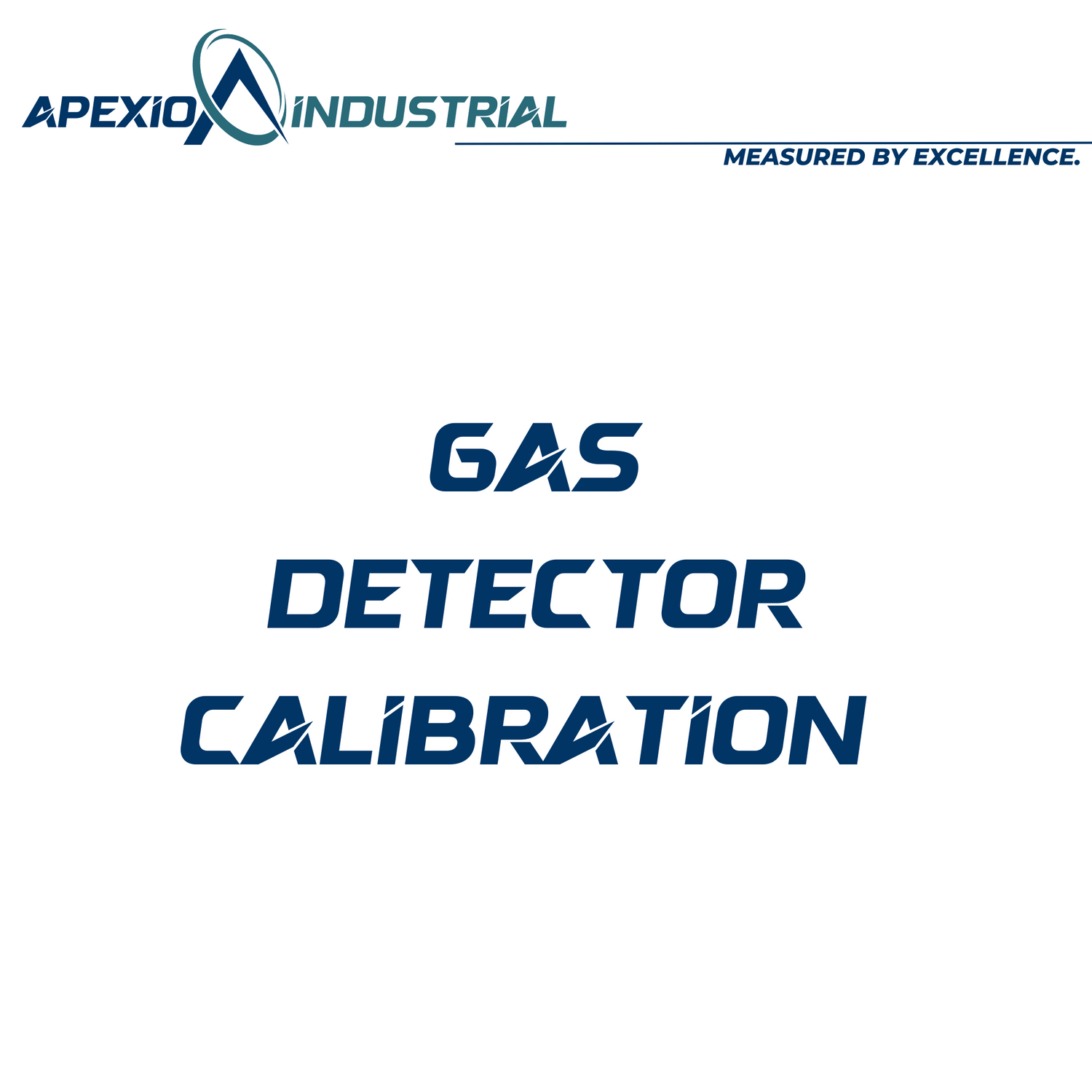
Add Calibration Service
Ensure to keep up to date with your metrology requirements, by adding the calibration test report certificate.
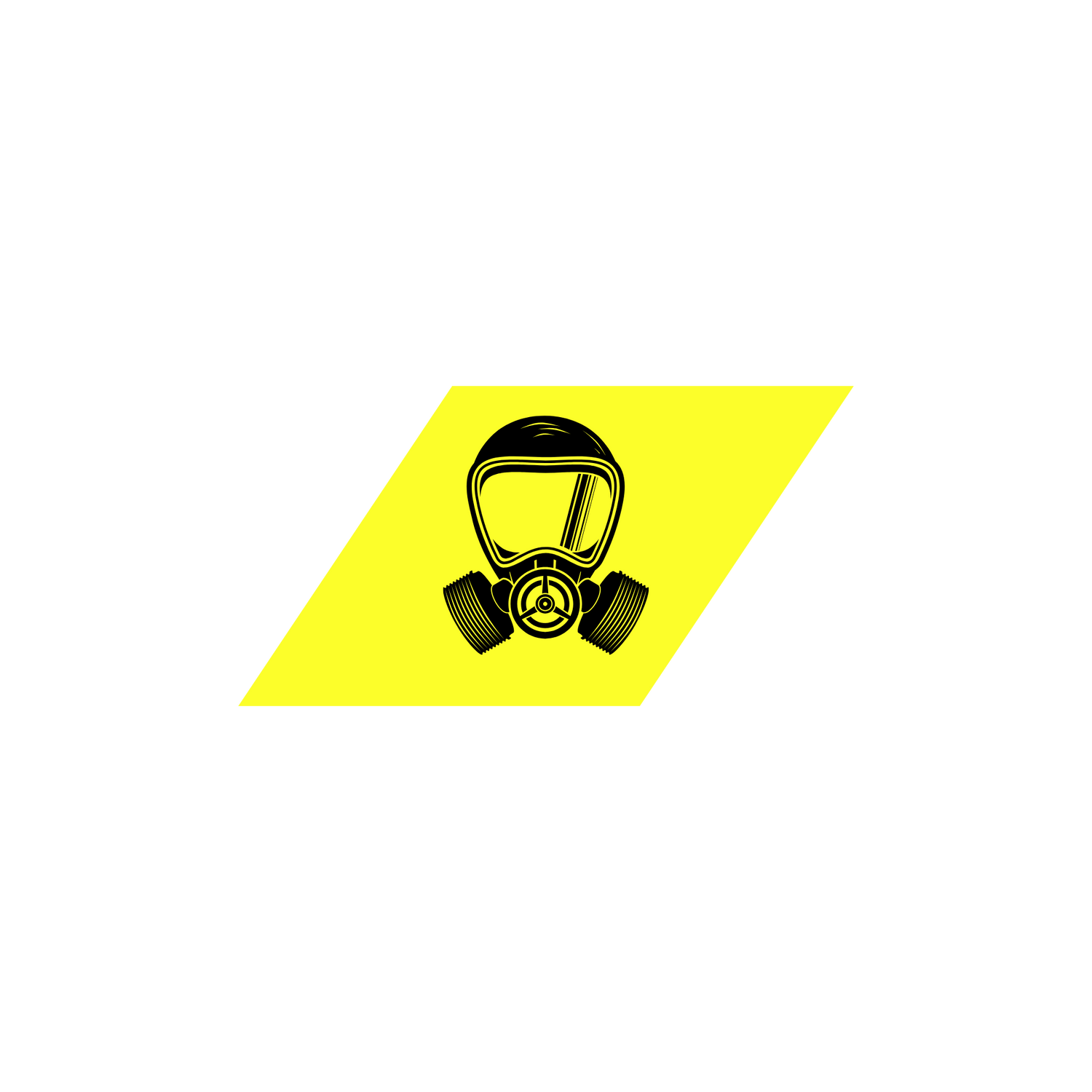
Carbon monoxide (CO) is a colorless, odorless, and highly toxic gas produced by the incomplete combustion of carbon-containing fuels. Due to its lack of detectable scent, CO is often referred to as the "silent killer," making exposure prevention and detection critically important in both industrial and residential settings.
Properties and Behavior
Carbon monoxide is slightly lighter than air and can disperse quickly in open environments. However, in confined spaces with poor ventilation, it can accumulate to dangerous levels, leading to severe health risks. Unlike hydrogen or ammonia, CO does not have a distinctive odor, which makes it particularly hazardous since individuals may not realize they are being exposed.
-

Pre & Post After Sales Support
After Sales Support
We offer after sales support on all our products including
- Installation
- Configuration
- Maintenance
- Repair
- Calibration
-

Calibration & Repair
Calibration ServicesOur accredited laboratory is tailored to conduct traceable standard calibrations and repairs on all our equipment.

Toxicity and Exposure Limits
CO binds with hemoglobin in the blood to form carboxyhemoglobin, reducing the body's ability to transport oxygen. This can lead to symptoms such as dizziness, headaches, confusion, and even death in high concentrations. Regulatory agencies set strict exposure limits:
- OSHA (Occupational Safety and Health Administration): Permissible exposure limit (PEL) is 50 ppm over an 8-hour work shift.
- NIOSH (National Institute for Occupational Safety and Health): Recommended exposure limit (REL) is 35 ppm, with a short-term exposure limit (STEL) of 200 ppm.
- ACGIH (American Conference of Governmental Industrial Hygienists): Threshold limit value (TLV) is 25 ppm over an 8-hour period.
Contact form
Our Core Values
-
UNPARALLELED SUCCESS
We embrace every challenge as a team with our expertise, and have a proven track record of success when we collaborate.
-
WORK SMARTER NOT HARDER
In order to do great work, we need knowledgeable, well-trained individuals, combined with automation. We are dedicated to not only providing our team with top-notch training, but also world-class equipment to ensure we’re stay at the cutting edge of the industry.
-
TAKE PRIDE
Since the beginning, we have always believed in the quality and longevity of the products we sell and service we provide, and are proud to offer our expertise to all industries.
